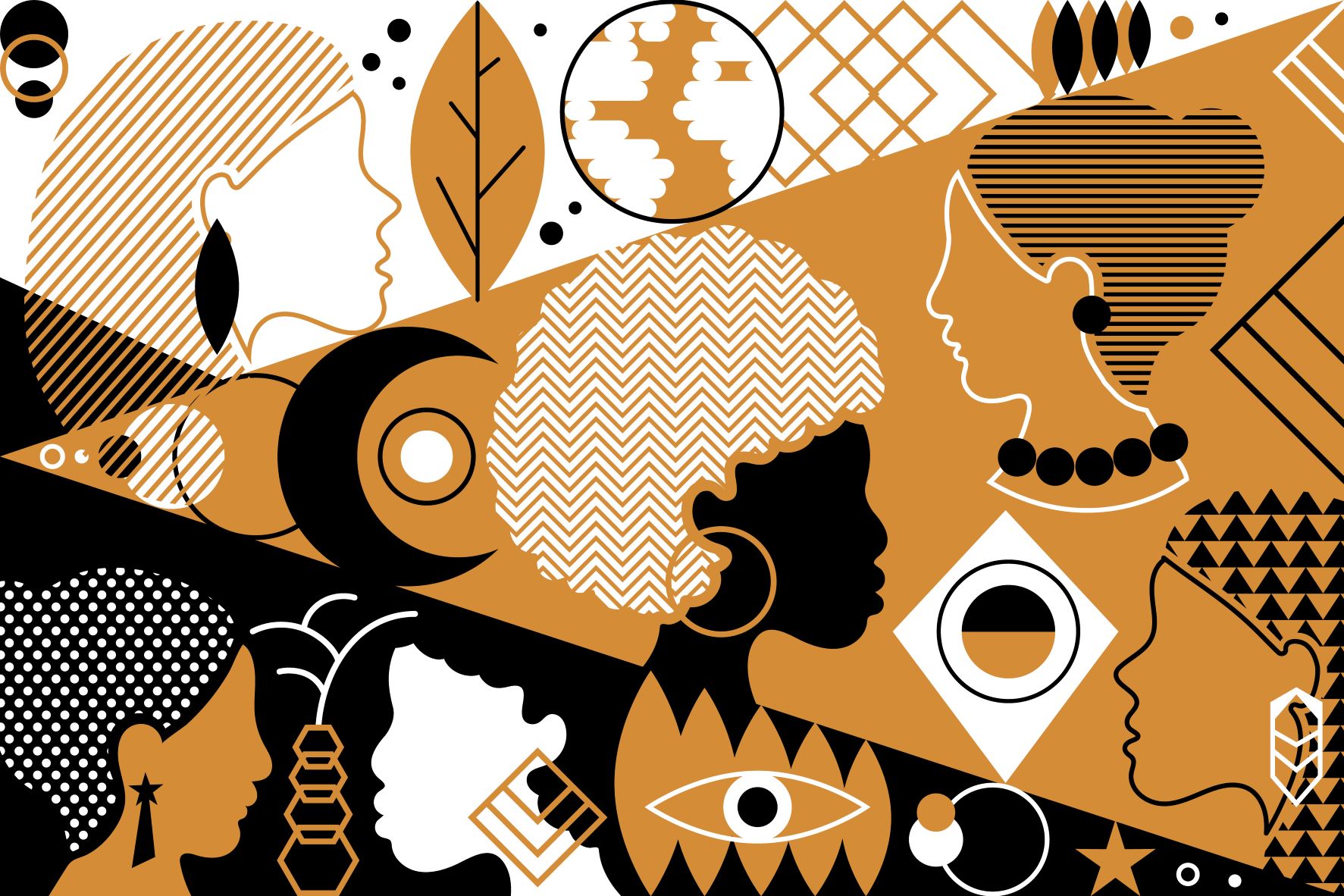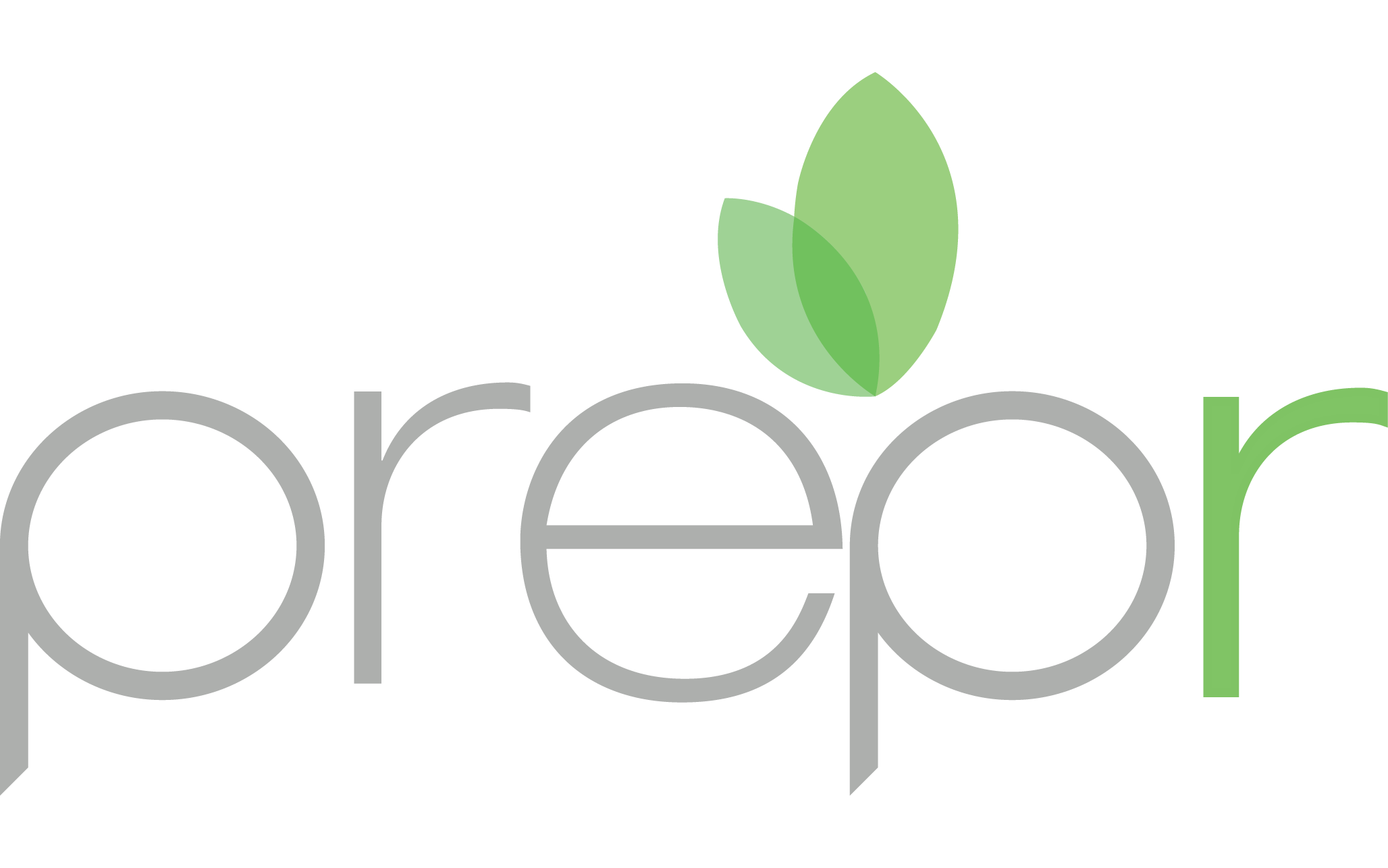
24 Feb Inclusive Culture for Equitable Racial Representation
Diversity and inclusion in the workplace are essential for remaining both competitive and relevant. Racial diversity, while frequently discussed, is lagging behind. Of senior management in North America, only 9% identify as a racial minority; this disparity highlights the barriers and biases still faced by racial minorities. For organizations looking to support diversity in their workplace, understanding these barriers and working to remove them is an essential part of building inclusivity.
The Diversity Institute has found that this disparity of racial representation in leadership is not improving at any real pace. In the Greater Toronto Area, where racialized people make up more than half the total population, only 12.8% of leadership roles were held by racial minorities in 2014. The 2018 Annual Report Card by the Canadian Board Diversity Council found that the percentage of racialized board members in Canada has grown only 1.6% between 2017 and 2018, from 4.3% to 5.9%. This easily demonstrates that while progress is happening, it is glacial.
This begs the question: how does an organization tackle this disparity? How does an organization create a racially inclusive environment? Anti-racism is essential for building racial diversity. For some, anti-racism is a newer term, but it was in fact first coined by Angela Davis in the 1970’s. This term refers to taking a more active role in ending racism.
A good first step in creating an inclusive environment is understanding the language and terms used to discuss racial issues. Racism is a term used to describe the social marginalization, devaluation, dehumanization, and exclusion of people based on their race. This may be done overtly or covertly. Covert racism often takes the form of systematic racism. Systematic racism is a form of racism that cannot be readily observed – but rather refers to how a racial ‘in-group’ systematically benefit from socio-economic privileges. Understanding this language is a critical first step in building an inclusive environment.
Next steps in building a diverse and inclusive workplace include: identifying and acknowledging where your organization can improve, determining how you can go about improving, and taking necessary action. Just because something has always been done a certain way, doesn’t mean it should continue. Accountability is of the utmost importance in building change.
It is so important for organizations to embrace people from all backgrounds. This means encouraging different styles of leadership and holding both leadership and employees accountable. By embracing diversity and supporting inclusion organizations can reach new markets, stay competitive, and ensure they are working with the highest quality talent possible.
Click here to learn more about how Prepr is working to close improve diversity and inclusion
Make sure to follow Prepr on our social media channels to get timely updates on all things Prepr!
Head to the Apple store or the Google Play store to download the Prepr App and get started on building your skills for tomorrow, today!
Prepr (@PreprMe) is not-for-profit helping students, educators, job seekers, & employers upskill & re-skill through Virtual Labs, challenge based learning, & microcredentialing.
To find out how you can learn critical job skills with Prepr, visit our website.
